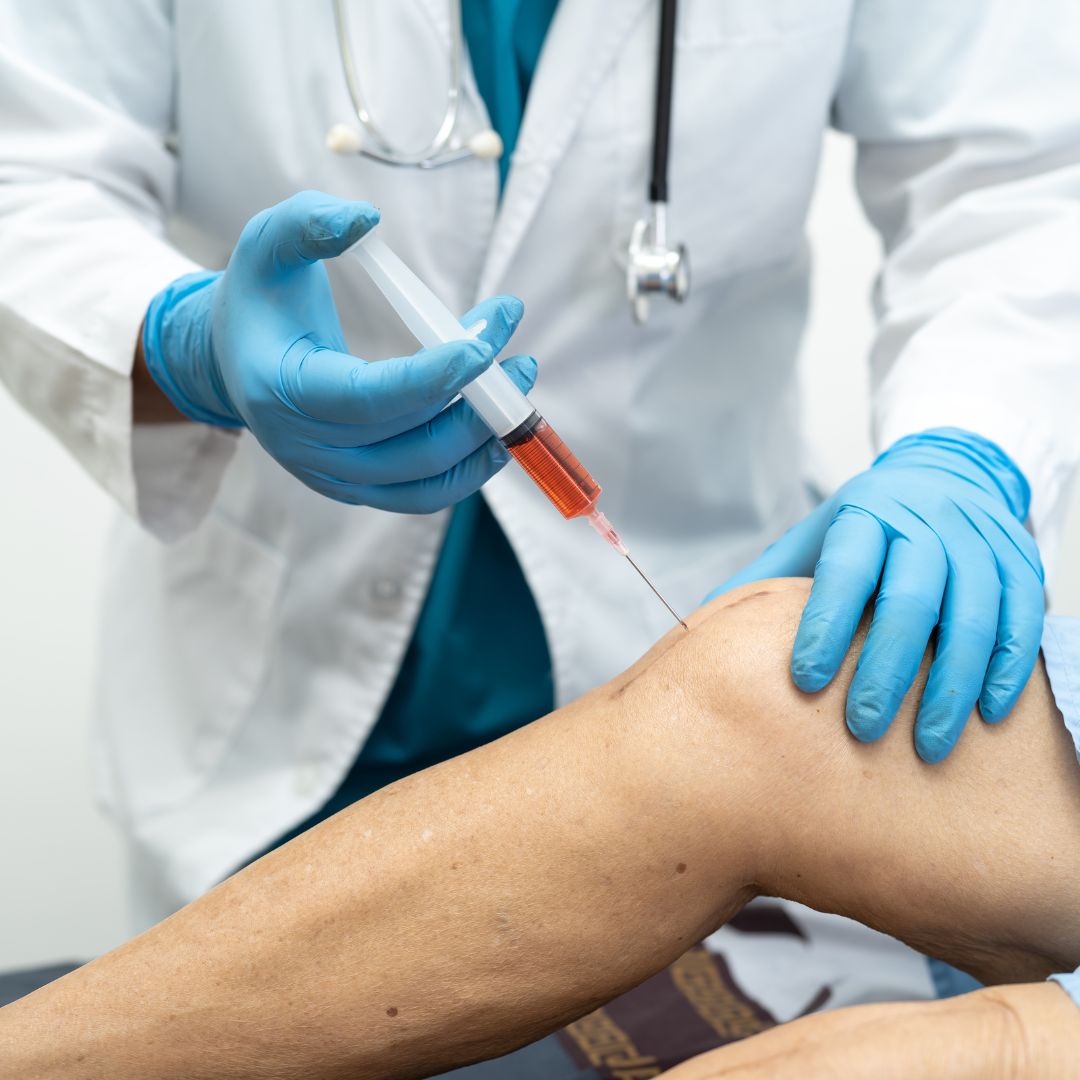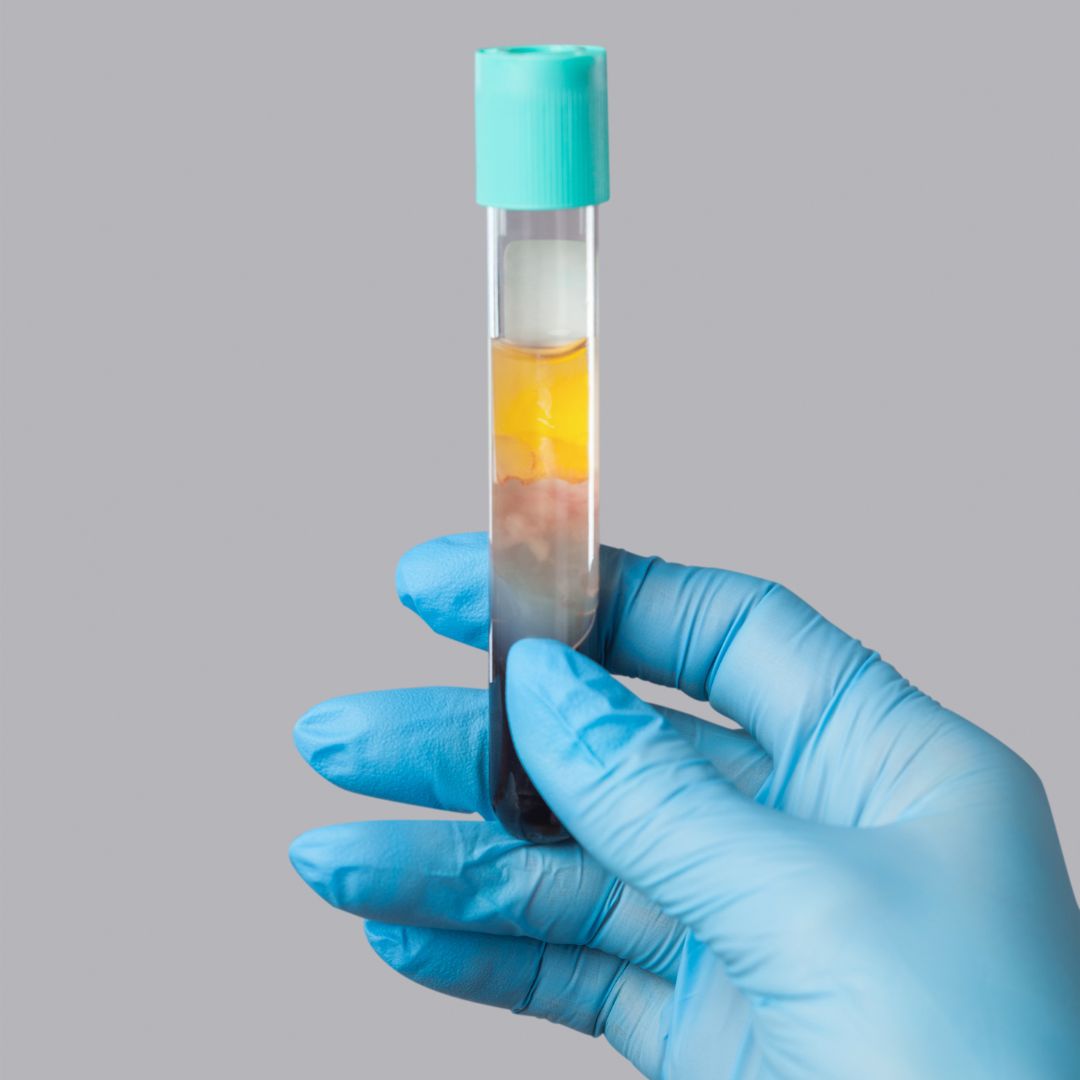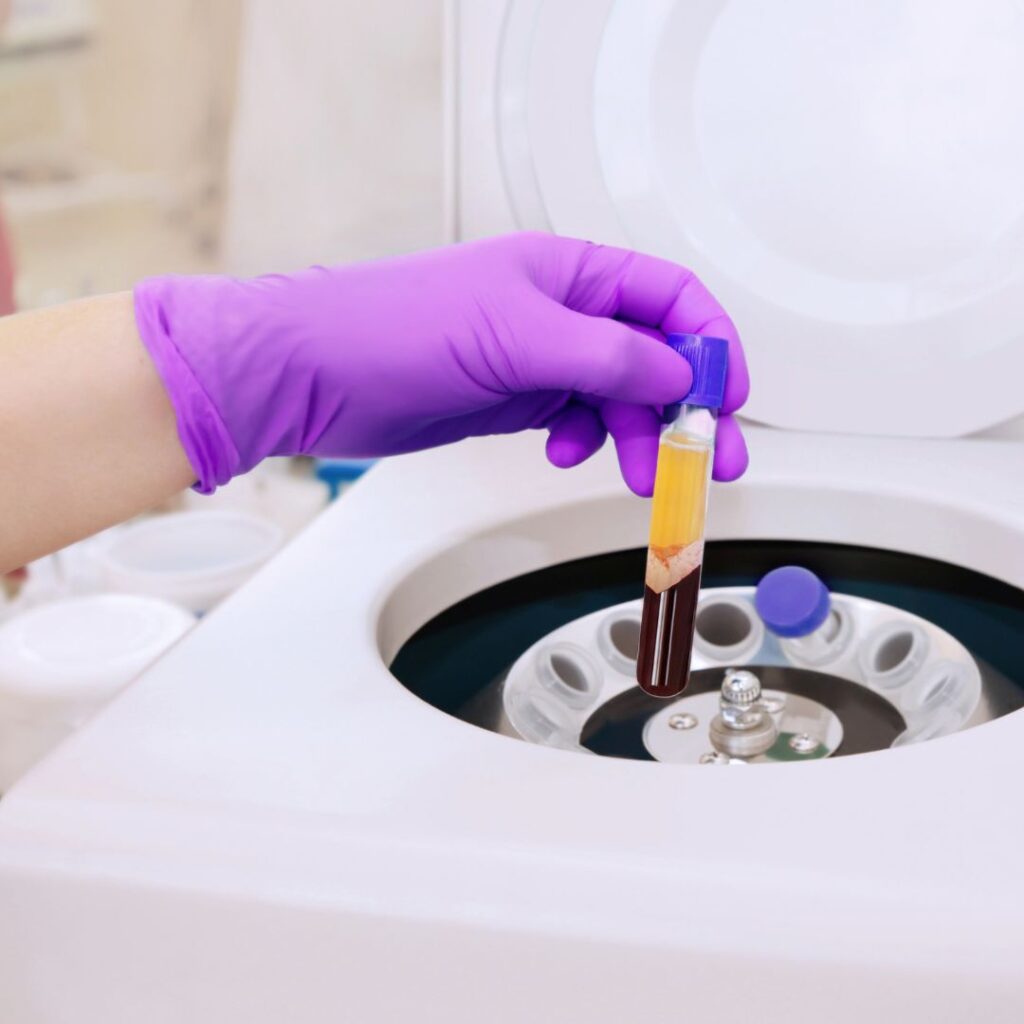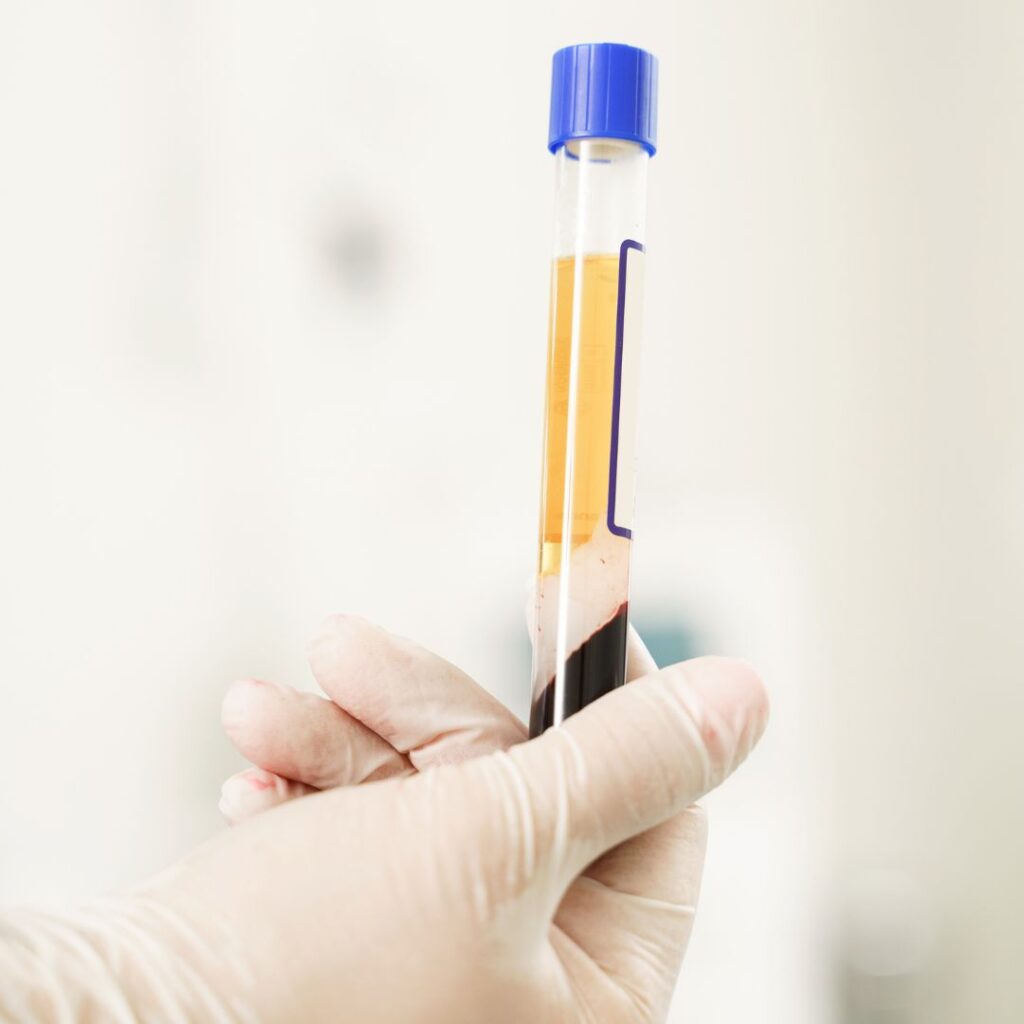Hey, have you ever heard about PRP? Let’s break it down for you. PRP, or Platelet-Rich Plasma, is a medical treatment growing in popularity across the globe. The process isn’t too complicated; it involves using a patient’s blood, separating the platelets and plasma, and then injecting the solution back into the desired area to expedite healing. Now, you might be wondering, how long does PRP last and why is this even significant when it comes to medical treatments?
Well, PRP has shown promising results in accelerating tissue healing and regeneration in a variety of medical fields, from orthopedics to aesthetic medicine. It’s an exciting development in medicine, and we’re just scratching the surface of its potential applications. So, let’s dig a little deeper into the world of PRP, shall we?
Understanding the Science Behind PRP
Before we dive into how PRP works its magic, let’s first understand what it’s made of.
Platelet-rich plasma is a bioactive component of the blood that’s chock-full of growth factors and cytokines. It’s essentially a higher concentration of platelets suspended in a small volume of plasma, which is what makes it a go-to for accelerating healing and regeneration.
The mechanism of action of PRP is fascinating. Platelets release growth factors upon activation, which play a pivotal role in the body’s natural healing process. These growth factors stimulate cellular proliferation, differentiation, and angiogenesis, which are crucial for tissue regeneration.
Pretty impressive, right? It’s like having a natural repair system on standby, ready to kick in whenever you need it.
Factors Influencing PRP Effectiveness
Let’s drill down on the factors that can impact the effectiveness of PRP treatments and how long does PRP lasts. Take note that these aren’t one-size-fits-all, and several variables can influence the outcome.
Patient-specific Variables
Individual patient characteristics play a huge role in the effectiveness of PRP treatment. As reported by a study in the World Journal of Psychiatry, factors such as mental stress can significantly affect the quality and quantity of platelets in the blood, thereby impacting the outcome of PRP treatment.
Quality of PRP Preparation
The way PRP is prepared also has a bearing on its effectiveness. According to a study, the method of platelet separation, the use of anticoagulants, and the number of centrifugation cycles can all influence the concentration of growth factors in the final PRP product. This, in turn, can affect the healing and regenerative capabilities of PRP. It emphasizes the importance of standardized protocols and quality control in PRP preparation to ensure optimal treatment results.
Duration of PRP Effects

Now that we’ve explored the factors affecting PRP’s effectiveness, let’s delve into how long does PRP last.
Immediate Impact
The immediate impact of PRP treatment is often noticeable, as reported in a study done by Bernuzzi et al. 85% of patients with sports injuries typically experience a reduction in pain and improved function in the treated area. This immediate relief is attributed to the anti-inflammatory effects of the growth factors in the PRP, which commence the healing process right away.
Short-term Benefits
The short-term benefits of PRP are equally promising. A study found that patients receiving PRP injections for tendon injuries showed significant improvement in pain and function within three months post-treatment. The study underscores the potential of PRP in providing tangible, short-term relief in a relatively short duration.
Medium-term Results
Shifting our focus from the immediate and short-term benefits, it becomes vital to understand the medium-term results of PRP treatment, particularly in the 3 to 6-month window following treatment.
Studies assessing the effects of PRP within this timeframe are quite revealing. Research published in the found that patients treated with PRP for knee osteoarthritis experienced significant symptom improvement in their pain and function, which peaked at 3 months and maintained up to 6 months post-treatment.
Long-term Considerations
As we extend our timeline and look beyond the 6-month mark, the long-term effectiveness of PRP becomes a central topic of discussion. This leads us to consider what patients can expect from their treatment in the long run.
Beyond 6 Months: What to Expect
When considering PRP therapy beyond 6 months, the strength of evidence varies across different medical fields. A comprehensive review showed that while the therapeutic effects of PRP on musculoskeletal conditions like tendon injuries and osteoarthritis seemed to persist for up to 12 months, the quality of evidence supporting these outcomes was moderate to low. This points to a need for more robust, long-term studies to substantiate these findings and understand the full spectrum of PRP’s long-term efficacy.
Managing Expectations for Prolonged Results
Despite the promising immediate and short-term results of PRP therapy, managing patient expectations for prolonged benefits is critical. We and the science and medical community acknowledge that while PRP can set in motion powerful healing processes, it is not a panacea, and results can vary based on individual health, the severity of the condition, and the quality of PRP preparation.
Expert Tips for Prolonging PRP Benefits
Having discussed the various factors that influence the duration of PRP effects, it is important to address strategies one can employ to prolong these benefits.
Post-treatment care plays a crucial role in maximizing the benefits of PRP therapy. Adhering to post-procedure instructions can significantly enhance healing and improve the longevity of PRP effects. In addition to post-treatment care, lifestyle adjustments can also contribute to enhanced results from PRP therapy. A balanced diet, regular exercise, and sufficient sleep are key elements for optimal healing and cellular regeneration. By adopting these lifestyle changes, patients can potentially extend and enhance the effectiveness of their PRP treatments.
Conclusion: Decoding the Timeless Impact of PRP
It’s clear that PRP therapy can be a highly effective treatment for a range of conditions, offering immediate, short-term, and even medium-term relief for many patients. And while the long-term effectiveness of PRP can vary, with the right post-treatment care and lifestyle adjustments, it’s possible to extend the benefits of this innovative therapy. At Arsenal Health, we’re excited about the potential of PRP therapy, particularly in the world of bodybuilding, where it can offer unique benefits in terms of recovery and performance enhancement.
Ready to discover how PRP therapy could help you reach new heights in your bodybuilding journey? Click here to learn more about PRP therapy for bodybuilding at Arsenal Health. Your path to improved performance could be just a click away.





